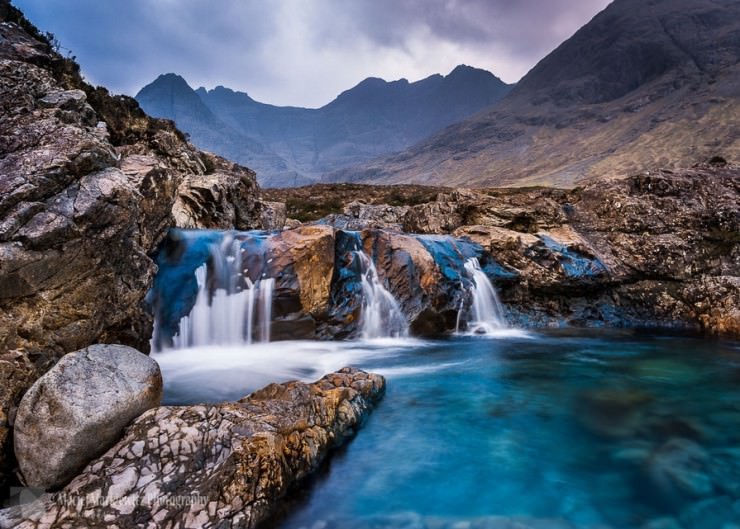When one is hiking in nature, there is nothing more beautiful and exhilarating than running into a little creek or a natural pool. Not only it creates a postcard-pretty landscape, but also allows to have a quick dip and carry on one’s journey!
10. The Subway, Zion National Park, Utah, USA
Zion is one of the most popular and beautiful hiking sites in America. The Subway though is a true natural wonder, named after its round entrance. Found in the Great West Canyon, the Subway is a stunning section of the Left Fork of North Creek. There are two routes that lead to the Subway. Both are not easy, but one does not require special equipment, while the other can be completed only by experienced hikers.
Why to go there?
The strenuous hike is rewarded with the spectacular sites and an opportunity to freshen up in the Subway’s pools. Since the site is very popular, the tourists have to make reservations before going.
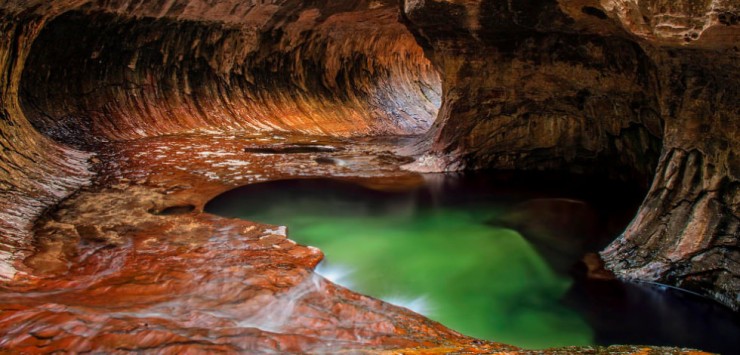
Photo by Danilo Faria
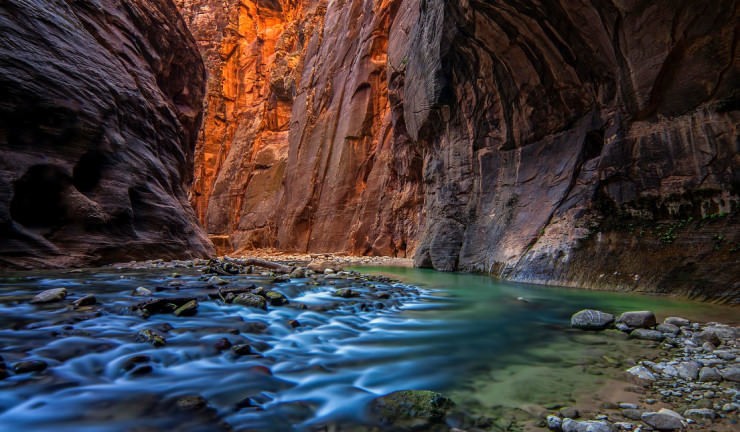
Photo by Danilo Faria

Photo by Nixon Smith
9. Porto Moniz, Madeira, Portugal
One of the most popular and attractive features of the village are the natural volcanic pools. The whole archipelago is of a volcanic origin, therefore these natural pools are quite common among such islands. The pools get inundated with salty water, which thaws and becomes very pleasant to swim in. Other attractions in the village include an aquarium and a science museum.
Why to go there?
Madeira is a nice tourist destination, while lava pools are exciting and popular bathing spot, providing an exhilarating dip.
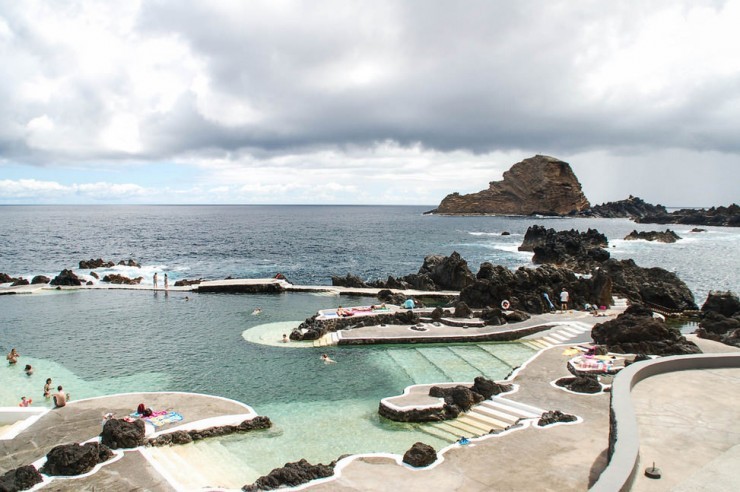
Photo by Ana Filipa
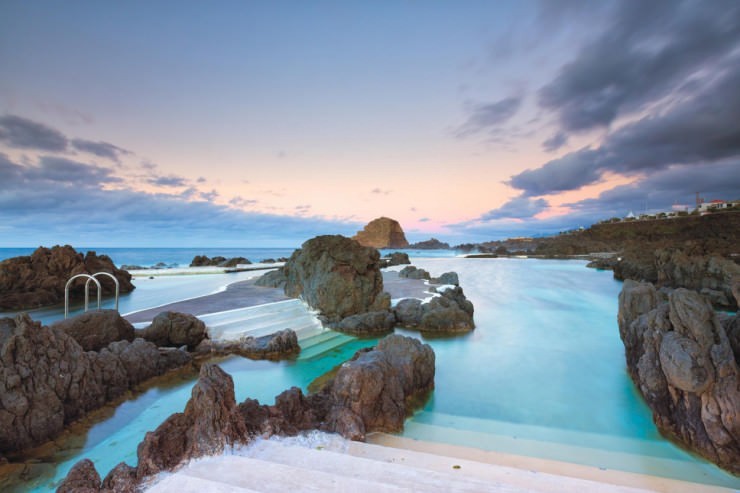
Photo by Bas Meelker
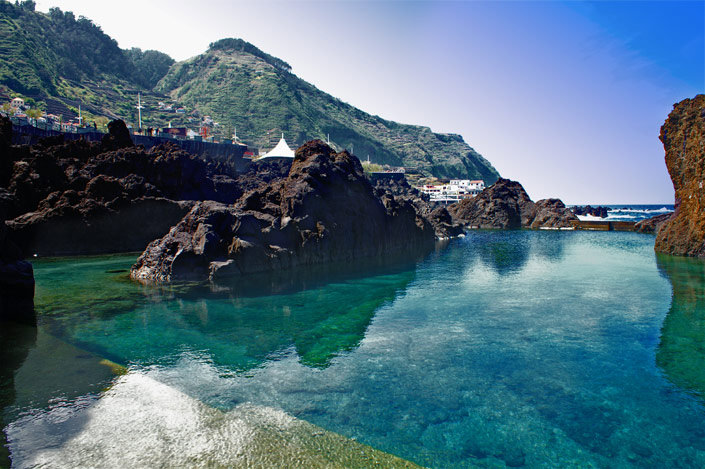
Photo by the Unknown
8. Avaiki Cave, Niue
Niue is a raised coral atoll, which ensures its natural and unspoiled beauty. Water here is extremely clear, having a 30 meters (100 ft) visibility! The versatile marine life can be admired while snorkeling or boating. Meanwhile the Avaiki Cave is said to be the first settlement by the newcomers from Polynesia, at around 900 AD. It features limestone caves, carved by erosion, and pools, filled with this turquoise water, which is not even very saline.
Why to go there?
Visiting Niue can be a goal itself: not many visitors reach this remote island. Once there swimming, diving and boating are a must-do. While Avaiki Cave is a nice place to bathe in – it is like a natural pool!
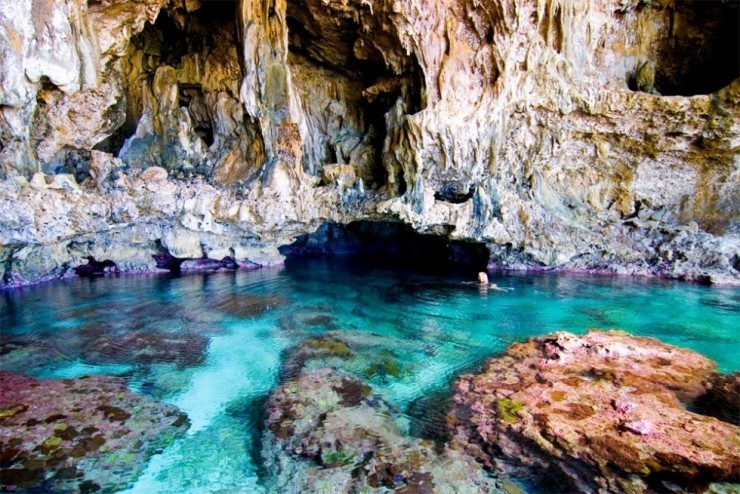
Photo by David Lansing
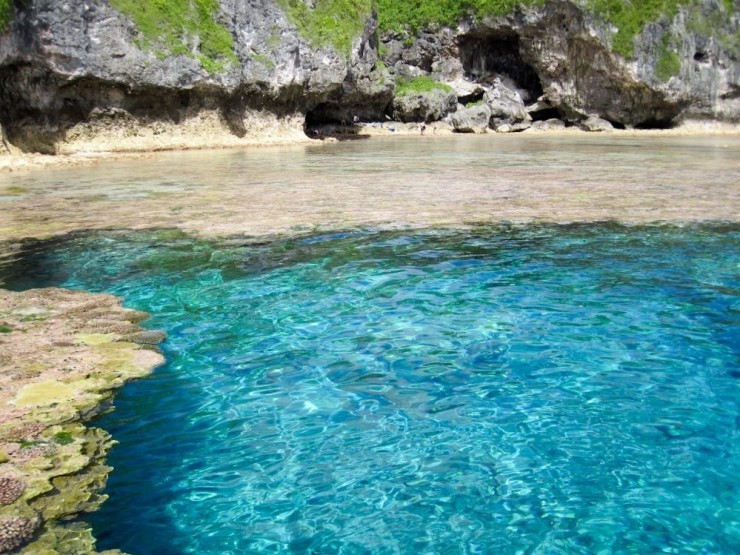
Photo by the Unknown
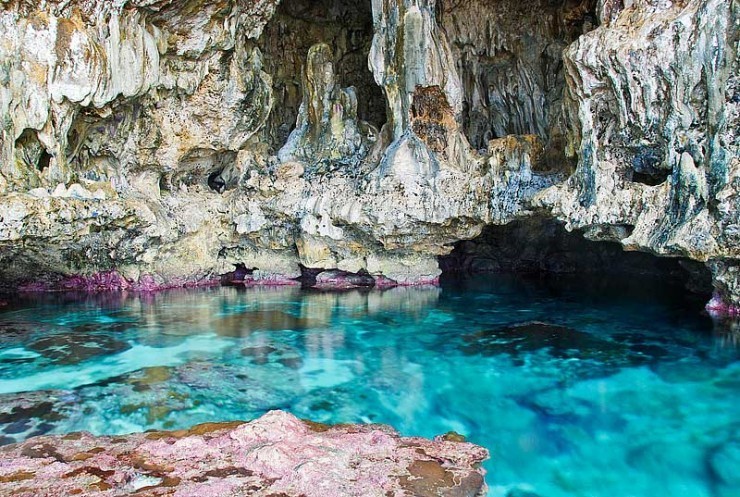
Photo by the Unknown
7. Mendenhall Ice Caves, Juneau, Alaska, USA
The incredibly beautiful ice caves are found under a 19 km (12 mi) long glacier. Found in the Mendenhall Valley, the caves are spacious cavities in the blue ice. The warming climate however threatens to melt the whole glacier. Therefore visit it until it evaporates completely.
Why to go there?
The glacier is constantly melting and moving, therefore, changing its face. It also makes it difficult and even dangerous to reach. But once there, it definitely provides one of the most breathtaking sites. The melting ice also creates springs inside the caves, making it more lively and pretty.
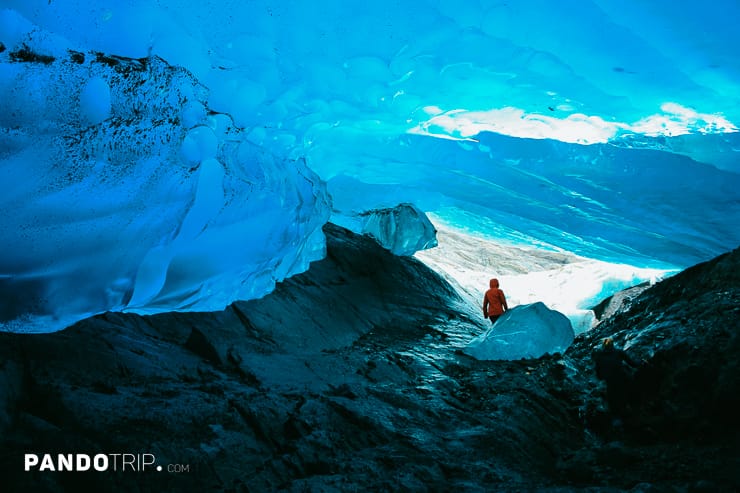
Mendenhall Glacier Ice Caves, Juneau, Alaska

Mendenhall Glacier Ice Caves, Juneau, Alaska
6. Fairy Pools, Isle of Skye, Scotland
The magnificent group of waterfalls is located in Glenn Brittle – a large glen in Scotland. The spot attracts many hikers and even mountain bikers. The glen is also visited by the wildlife lovers: many rare animals and plants have inhabited the area. However, the spectacular landscape alone is worth go seeing!
Why to go there?
One of the most popular and recognizable natural wonders in Scotland!

Photo by the Unknown
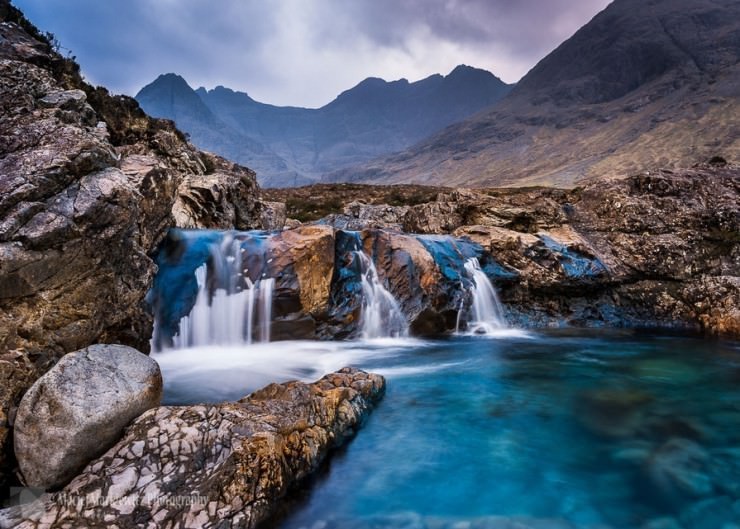
Photo by the Unknown
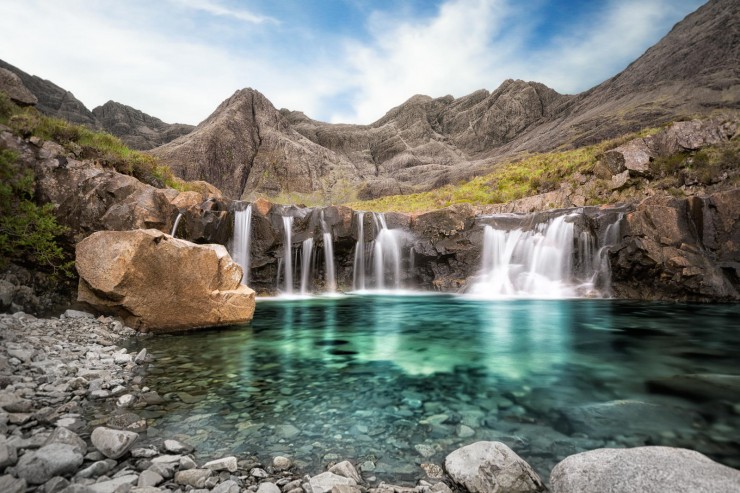
Photo by the Unknown
5. Kanarra Creek, Zion National Park, Utah, USA
This little canyon is one of the best destinations in Zion for a couple of reasons. First of all it is truly beautiful. Secondly, it is easily accessible from the highway, so the visitors can simply make a stop for a day trip and go see the site. Besides Kanarra Creek provides great opportunities for the photographers. The canyon features a creek, which is the main water source for the village of Kanarraville.
Why to go there?
Therefore the tourists are being asked to pick up their trash and not to bring animals with them. There are rickety ladders that allow to navigate the gorge and continue the trail, which features changing sites: pools, cascades and waterfalls.
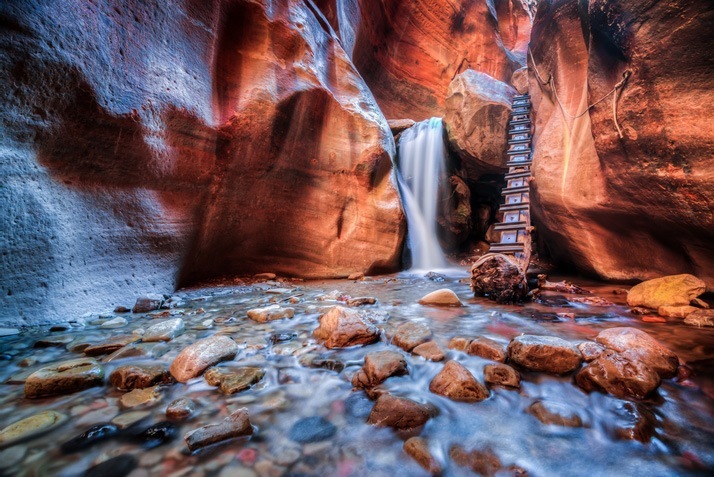
Photo by Chi Liu

Photo by the Unknown
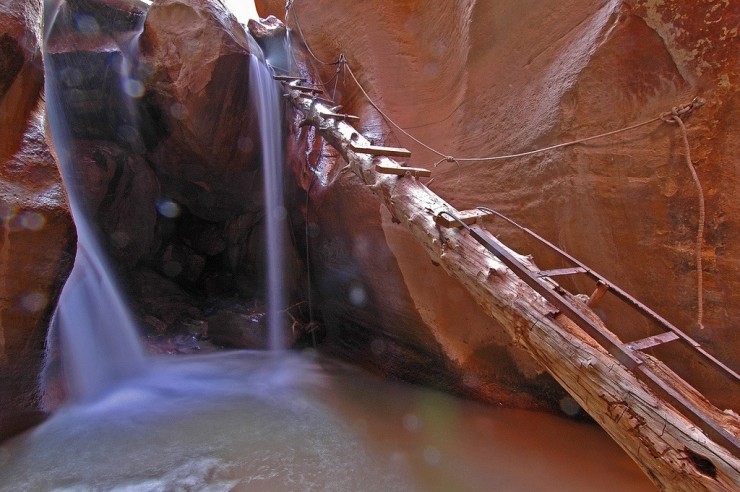
Photo by the Unknown
4. Karijini National Park
The second largest park in Australia is engraved with enormous five gorges, that create pools, water holes and waterfalls. The park is also home for various endangered animals like red kangaroos, euros, wallaroos, echidnas, geckos, goannas, bats, snakes and birds.
Why to go there?
The unspoiled nature is unique and truly staggering.
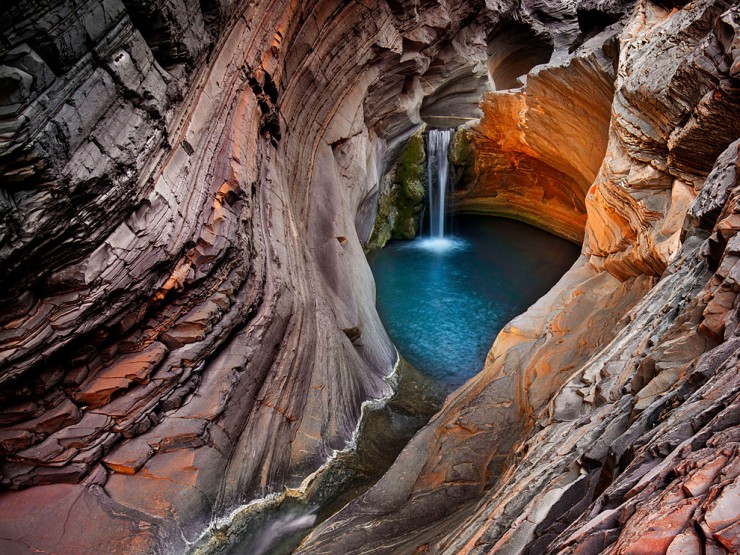
Photo by Matt Hutton
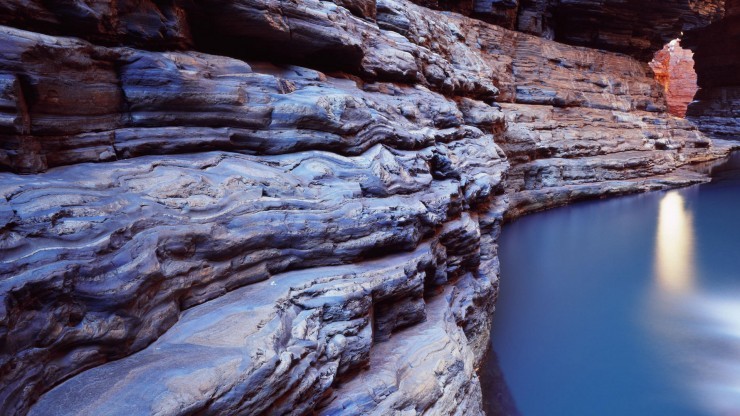
Photo by the Unknown

Photo by the Unknown
3. The Narrows, Zion National Park, Utah, USA
The park is famous for the iconic red canyons, rivers, lakes and waterfalls. Meanwhile the Narrows provides one of the most premier hiking trails in the area. The site was even ranked no. 5 in the list of America’s Best 100 Adventures by National Geographic!
Why to go there?
The Virgin River runs between these vertical cliffs, but it is shallow so hikers can simply wade through it. One can hike various distances, while completing the route can take a full day. In addition there are 12 campsites, where one can spend a night and continue the trip the next day.
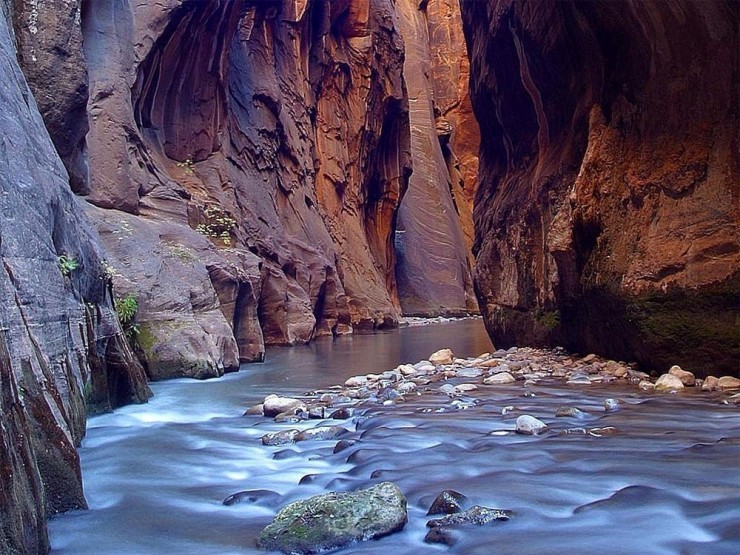
Photo by the Unknown
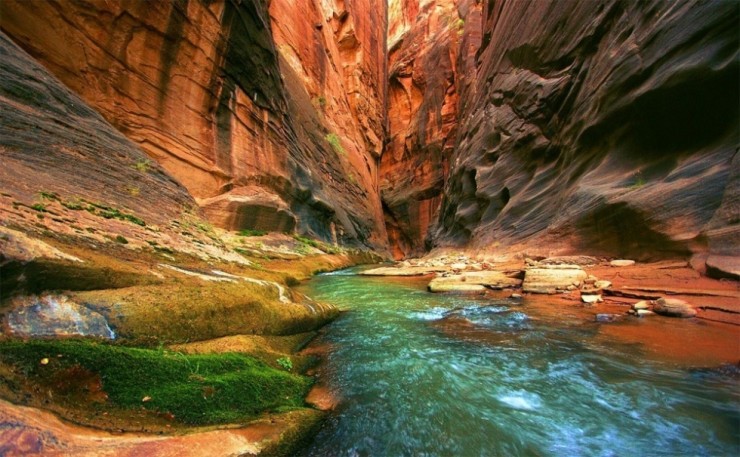
Photo by the Unknown
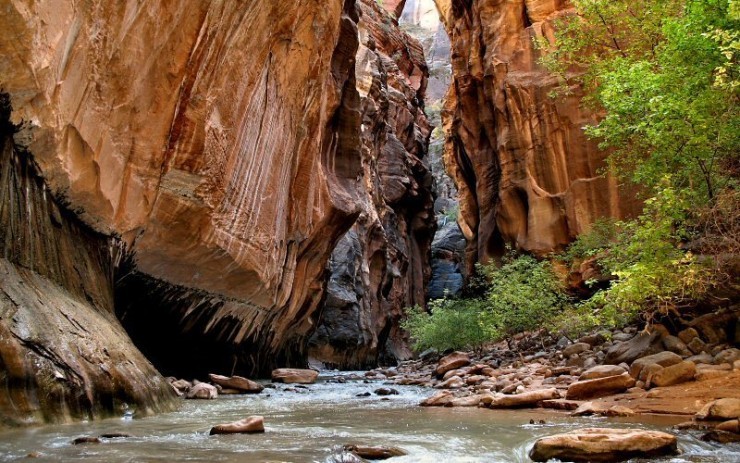
Photo by the Unknown
2. Havasu Falls, Arizona, USA
The beautiful falls, found in the Grand Canyon, form a natural pool, which provides an exhilarating swim for the hikers. The average water temperature reaches pleasant 21.1 C (70 F) degrees. Its blue color is due to magnesium and calcium.
Why to go there?
Stunning surroundings, a natural pool with two waterfalls and plenty of hiking opportunities.
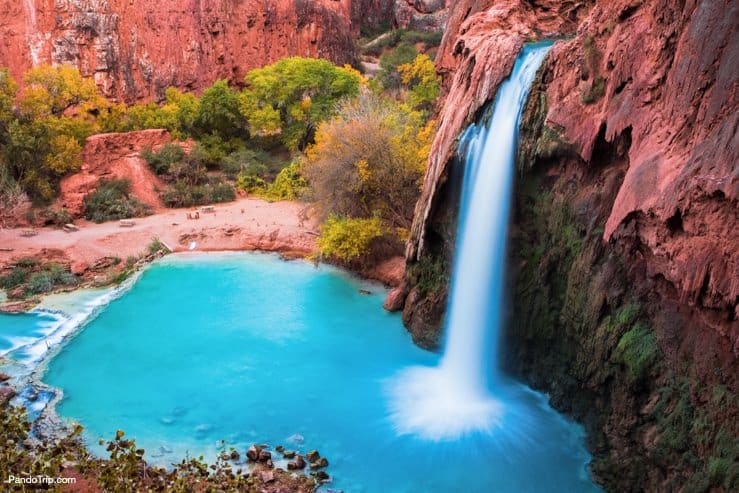
Swim under the Havasu Falls in the Grand Canyon, USA
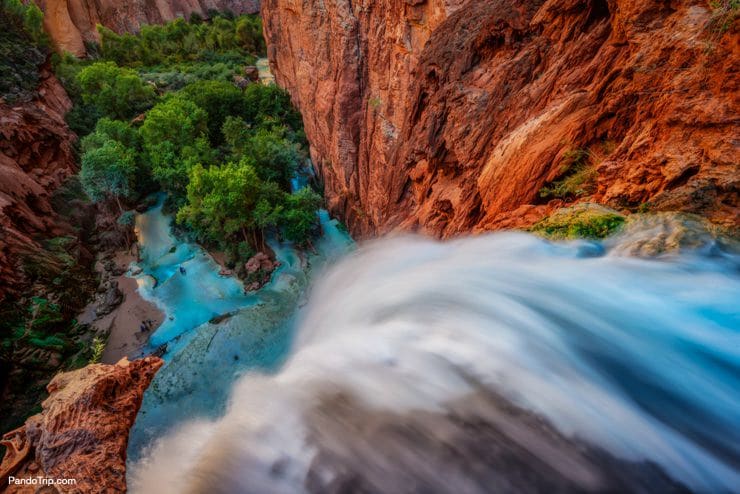
Looking down from the top of Havasu Falls
1. Kirkjufell Mountain, Iceland
Near the small town of Grundarfjörður in the western Iceland, the mountain beautifully sticks out in a plain landscape. In the surroundings of this striking mountain one can find small creeks and waterfalls.
Why to go there?
Admire the spectacular landscape as well as the Northern Lights at night.
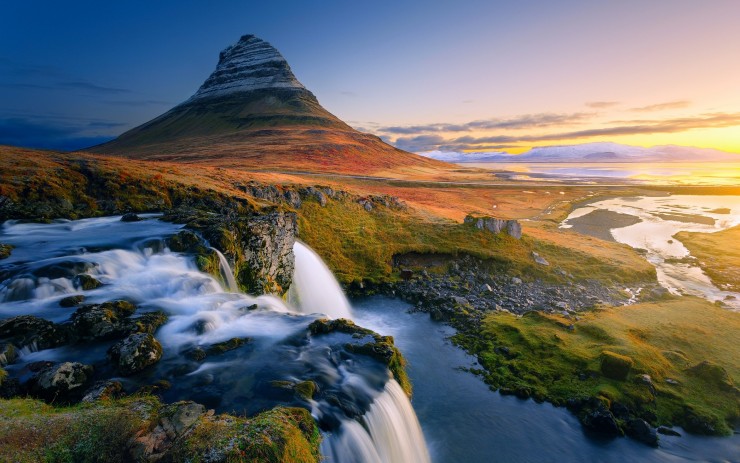
Photo by the Unknown
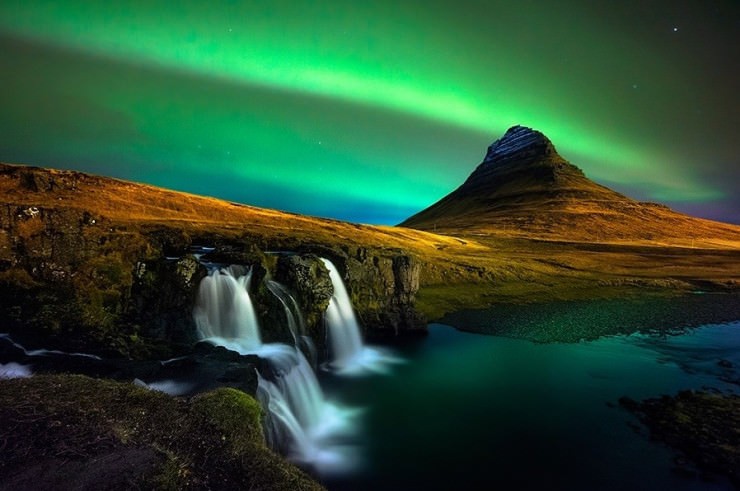
Photo by Oxy Z
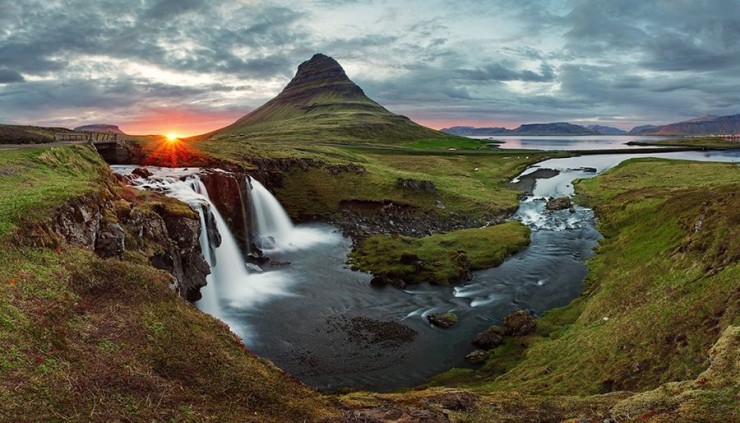
Photo by the Unknown
